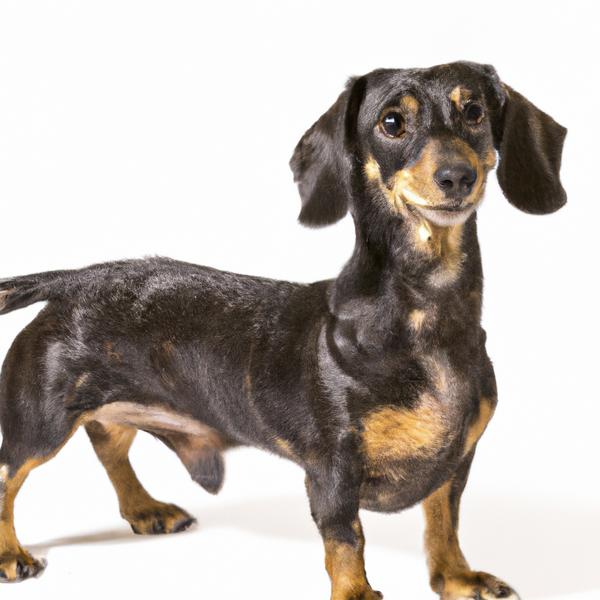Doxie-Chin vs. Kimola: Breed Differences and Similarities
Hypoallergenic
Are Doxie-Chins or Kimolas hypoallergenic, or neither?
Unfortunately, neither Doxie-Chin nor Kimola are hypoallergenic, which may not make them the best choice for dog lovers who suffer from pet allergies.
Temperament
What are the personalities of Doxie-Chin and Kimola dogs?
Playful
Loving
Stubborn
Independent
Alert
Courageous
Intelligent
Loyal
Devoted
Lively
Clever
Playful
Independent
Energetic
Protective
Alert
Intelligent
Friendly
Obedient
Devoted
Lively
Steady
Spirited
Assertive
Shedding Level
Do Doxie-Chins shed more than Kimolas, or which breed sheds more, Doxie-Chins or Kimolas?
Doxie-Chins are low shedding dogs, requiring minimal coat care.
Kimolas shed a lot of hair each year, so frequent brushing is essential for reducing shedding and maintaining coat health.
Watchdog Ability
Which dog breed makes a better watchdog, the Doxie-Chin or Kimola?
The Doxie-Chin and Kimola breeds are not the best choice if you want good watchdogs. If you're looking for guard dogs, these breeds are not the right ones for you. They will 'watch' everything - but that's usually as far as they go.
Ancestry
What are the origins of Doxie-Chin and Kimola breeds?
Japanese Chin and Dachshund
American Eskimo, Lhasa Apso
Breed recognition
Which kennel clubs recognize/register Doxie-Chin and Kimola?
ACHC = American Canine Hybrid Club
DRA = Dog Registry of America, Inc.
IDCR = International Designer Canine Registry®
ACHC = American Canine Hybrid Club
DDKC = Designer Dogs Kennel Club
DRA = Dog Registry of America, Inc.
IDCR = International Designer Canine Registry®
UKC = United Kennel Club
Date of Birth
When were Doxie-Chin and Kimola breeds first developed?
Unknown
Eye Color Possibilites
What are the eye colors of Doxie-Chin and Kimola dogs?
Brown
Brown
Nose Color Possibilites
What are the natural nose colors of Doxie-Chin and Kimola?
Black
Black
Coat Color Possibilites
What are the natural colors of the coat for Doxie-Chin and Kimola breeds?
Black
White
Brown
Gray
Cream
White
Gray
Coat Length
What is the typical coat length for Doxie-Chin and Kimola breeds?
Doxie-Chins have coats that can be either short or medium in length.
Kimolas are known for their coat length.
Coat Density
What is the density of the coat of Doxie-Chin and Kimola?
Coat Texture
What is the hair texture of Doxie-Chin and Kimola?
Wiry
Straight
Litter Size
What is the usual litter size for Doxie-Chin and Kimola?
A Doxie-Chin can have a litter of 4-8 puppies on average. However, it's worth noting that the size of the litters can vary greatly. Factors that can influence litter size include the health of the mother, breeding history, and genetics.
A Kimola can have a litter of 4-6 puppies on average. However, it's worth noting that the size of the litters can vary greatly. Factors that can influence litter size include the health of the mother, breeding history, and genetics.
Adaptability
Doxie-Chins are highly adaptable and versatile, making them excellent companions for families and individuals of all lifestyles.
Kimolas are known for their adaptability and can adjust well to different environments and lifestyle changes.
Health Issues
Between Doxie-Chin and Kimola, which breed is more prone to health problems?
Doxie-Chin and Kimola breeds are generally considered to be healthy. However, like all breeds, they are susceptible to certain health issues and it is important to keep an eye out for them and address them with your veterinarian as needed.
Major Concerns
What are the major health concerns for Doxie-Chin and Kimola breeds?
Patellar Luxation
Entropion
Elbow Dysplasia
Intervertebral Disc Disease
Cataracts
Hip Dysplasia
Patellar Luxation
Familial Nephropathy
Atopic Dermatitis
Brachycephalic Syndrome
Exposure Keratopathy Syndrome
Keratoconjunctivitis Sicca
Minor Concerns
What minor health issues should be kept in mind when owning Doxie-Chin and Kimola?
Epilepsy
Hypothyroidism
Corneal Dystrophy
Mitral Valve Dysplasia
Intervertebral Disc Disease
Urolithiasis
Hydrocephalus
Chronic Anemia
Progressive Retinal Atrophy (PRA)
Occasional Tests
What occasional tests are recommended for Doxie-Chin and Kimola breeds?
X-Rays
Eye Examination
CT or MRI scan
Electrocardiogram
Urinalysis
Fluorescein Test
Complete Blood Count
Thyroid Panel
X-Rays
Ear Examination
X-ray imaging
Eye Examinations
Schirmer Tear Test
Blood Analysis
Blood Count
Internal Imaging (x-ray, CT scan, MRI, etc.)
Blood And Urine Analysis
Energy
How do the energy levels of Doxie-Chins and Kimolas compare?
Doxie-Chins are a good choice for a low-key lifestyle due to their low energy levels.
Kimolas are suitable for those with a balanced lifestyle as they have an average energy level.
Social Needs
Doxie-Chin vs Kimola social needs comparison
Doxie-Chin has very high social needs and requires regular mental and physical stimulation, a job or purpose, and companionship.
Kimola has above average social needs and thrives with interaction with humans and other dogs.
Exercise Needed
Doxie-Chin vs Kimola exercise need comparison.
Doxie-Chins require minimal physical activity for a healthy lifestyle.
Kimolas need only a small amount of physical activity, ideal for busy or elderly people or those with limited space.
Sleeping Need
Which of the two sleeps the most/least: Doxie-Chin or Kimola?
Doxie-Chins are known for their relaxed and calm nature and enjoy long periods of sleep.
Kimolas sleep less than other breeds but still need adequate sleep for good health.
Tendency to Bark
Do Doxie-Chins or Kimolas bark more/less frequently?
Doxie-Chin dogs are generally less vocal than other breeds and only bark when necessary, such as to alert their owner or communicate.
Kimolas bark moderately when necessary and may also bark due to certain triggers like fear, alarm, boredom, greeting, separation anxiety and compulsive barking.
Mouthiness
Mouthiness Comparison: Doxie-Chin vs Kimola?
Roaming urge
Doxie-Chin vs Labrador: Running away tendency?
Prey Drive
Doxie-Chin or Kimola - which breed has a higher level of prey drive?
Activity Level
Which breed has higher energy, Doxie-Chins or Kimolas?
Both Doxie-Chin and Kimola are medium-energy dogs that enjoy socializing and playing with other dogs. They may engage in casual or sustained games of chase, and occasionally have bursts of barking or racing around the house.
Tolerance of being left alone
Walks per Week
How many miles should Doxie-Chin or Kimola walk each week?
There's really no limit to how far you walk your dog as long as they're comfortable. For Doxie-Chin, it's at least 7 miles / week. Just remember to build distance and stamina gradually over time.
There's really no limit to how far you walk your dog as long as they're comfortable. For Kimola, it's at least 6 miles / week. Just remember to build distance and stamina gradually over time.
Activity per Day
Do Doxie-Chins or Kimolas require more exercise?
In general most Doxie-Chins usually need at least 30 minutes of exercise daily. This can be spread across the day and include all sorts of high-energy activities, like walking, running and playing.
In general most Kimolas usually need at least 40 minutes of exercise daily. This can be spread across the day and include all sorts of high-energy activities, like walking, running and playing.
Grooming
Which breed is easier to maintain in terms of grooming, Doxie-Chins or Kimolas?
The Doxie-Chin requires an average amount of grooming compared to other breeds.
Kimolas require significant grooming, including regular trims and professional grooming assistance to maintain their coat. They may also require frequent bathing to keep their coat and skin healthy.
Brushing Frequency
What is the recommended brushing frequency for Doxie-Chin and Kimola dogs?
Doxie-Chin should be brushed at least once a week. Of course you can give them more frequent brushes if you find that they are still shedding a lot
Ideally, Kimola should be brushed at least 2 or 3 times a week (preferably daily) improve shedding.
Brushing Tools
What brushing tools are used for Doxie-Chins and Kimolas?
Pin Brush
Comb
Nail Clipper
Pin Brush
Dematter
Deshedder
Nail Clipper
Cups
How much food should be given to Doxie-Chin or Kimola in cups?
For an average 10-25 pound (5 - 11 kg) Doxie-Chin feed 1 cups daily. But, keep in mind, the amount you feed is going to be dependent on the quality of the food you are feeding.
For an average 16-40 pound (7 - 18 kg) Kimola feed 2 cups daily. But, keep in mind, the amount you feed is going to be dependent on the quality of the food you are feeding.
Daily Cost
Which breed has a higher daily cost, Doxie-Chin or Kimola?
The average cost of a Doxie-Chin is somewhere $1.10 - $1.40 per day.
The average cost of a Kimola is somewhere $1.70 - $2.00 per day.
Monthly Cost
Which breed has a higher monthly cost, Doxie-Chin or Kimola?
The average per month expenses of a Doxie-Chin is between $35 - $42. This makes an average of $420 - $504 per year. It will be on the higher side when the dog is still small because it will need more frequent visits to the vet, shots.
The average per month expenses of a Kimola is between $48 - $63. This makes an average of $576 - $756 per year. It will be on the higher side when the dog is still small because it will need more frequent visits to the vet, shots.
Intelligence
Comparing Intelligence: Doxie-Chins vs Kimolas
Doxie-Chin and Kimola have below-average obedience intelligence compared to other breeds. However, calling them "dumb dogs" is unjust. While Doxie-Chin and Kimola lack obedience and working intelligence, they compensate for it with their remarkable ability to comprehend human emotions.
Sensitivity Level
How do Doxie-Chin and Kimola compare in sensitivity?
This breed is sensitive and requires gentle handling and a calm home environment.
This breed is sensitive to its environment and best suited for patient and understanding families with a consistent routine.
Affection Dependance
Which is the more affectionate dog breed: Doxie-Chin vs Kimola?
Apartment Friendly
Which breed is more apartment-friendly: Doxie-Chin or Kimola?
Doxie-Chins and Kimolas are known for being excellent apartment dogs. They are fairly active indoors and will do okay without a yard.
Child Friendly
Do Doxie-Chins or Kimolas have a friendlier temperament towards children?
Doxie-Chins are not the best choice for families with kids.
Kimolas make excellent family pets for kids due to their gentle, protective nature and calm temperament.
Senior-friendly
Which dog is more suitable as a pet for the elderly - Doxie-Chin or Kimola?
Cat Friendly
Do Doxie-Chin or Kimola breeds have a better compatibility with cats?
Doxie-Chins and Kimolas are one of the best dogs for cats. They accept cats readily as part of the family. However, this dog breed should be trained to not chase after the kitty early on
Dog Friendly
Which breed is more sociable with other dogs: Doxie-Chin or Kimola?
Doxie-Chins are average in their friendliness towards other dogs, and socialization can help.
Kimolas are generally very friendly towards other dogs, with a happy and affectionate temperament.
Pet friendly
How do Doxie-Chin or Kimola dogs interact with other pets?
Stranger Friendly
Which breed is more friendly with strangers: Doxie-Chin or Kimola?
Doxie-Chins are friendly but may bark at strangers, and training is easy due to their intelligence.
Kimolas are averagely friendly around strangers but benefit from early socialisation.
Playfulness
Which breed is more playful between Doxie-Chin and Kimola?
Doxie-Chins have an average level of playfulness, enjoying playtime like most dogs but not excessively so.
Kimolas are a playful breed that needs daily playtime to be happy.
Trainability
How do the trainability levels of Doxie-Chins and Kimolas compare?
Doxie-Chin and Kimola dogs are known for their ease of training and ability to learn quickly, making them a popular choice for pet owners and trainers alike.
Compare Doxie-Chin with other breeds
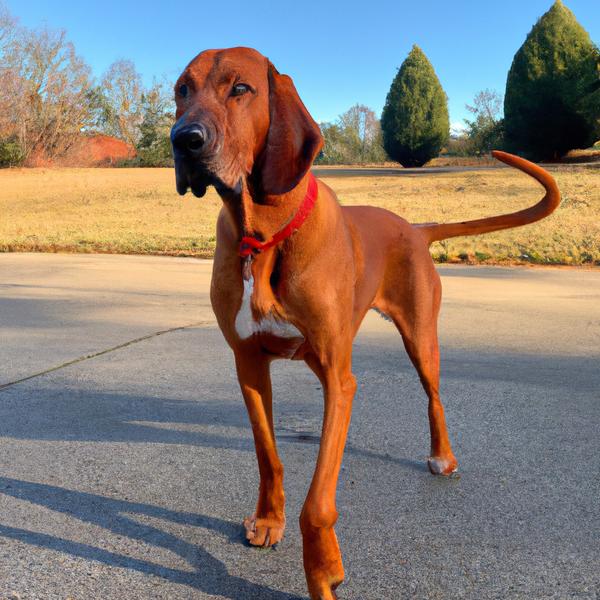
Redbone Coonhound
Doxie-Chin vs Redbone Coonhound
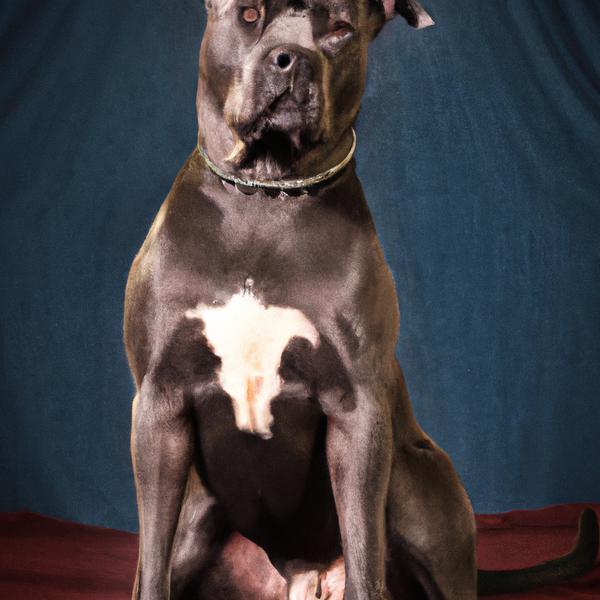
American Pit Corso
Doxie-Chin vs American Pit Corso
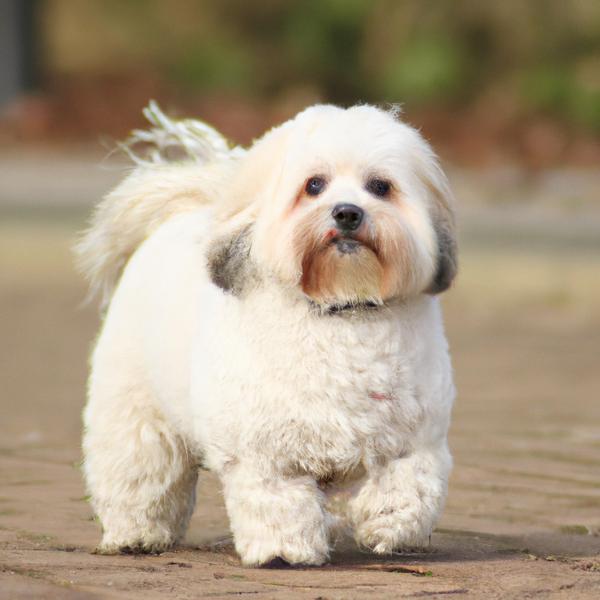
Scotti Apso
Doxie-Chin vs Scotti Apso

Dachshund
Doxie-Chin vs Dachshund
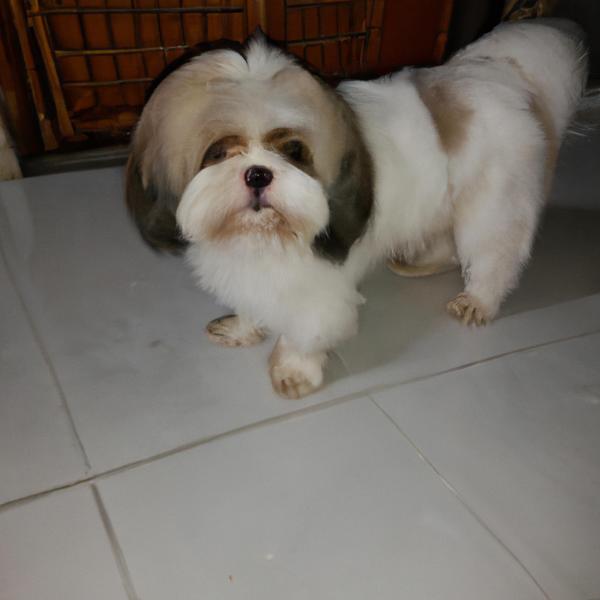
Malchi
Doxie-Chin vs Malchi
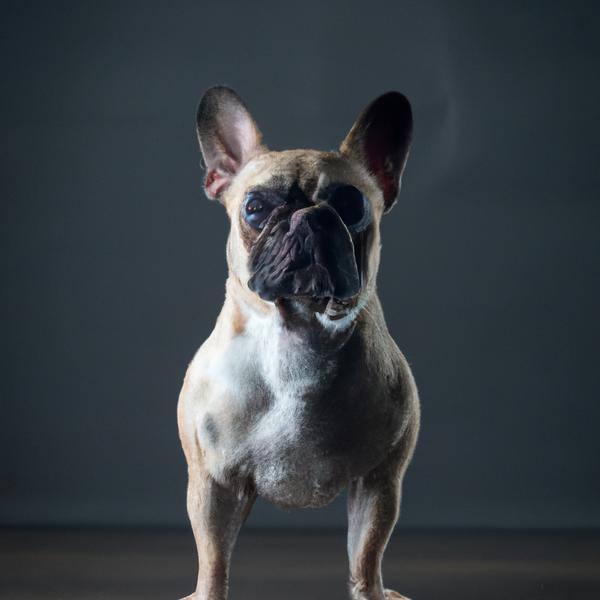
French Pin
Doxie-Chin vs French Pin
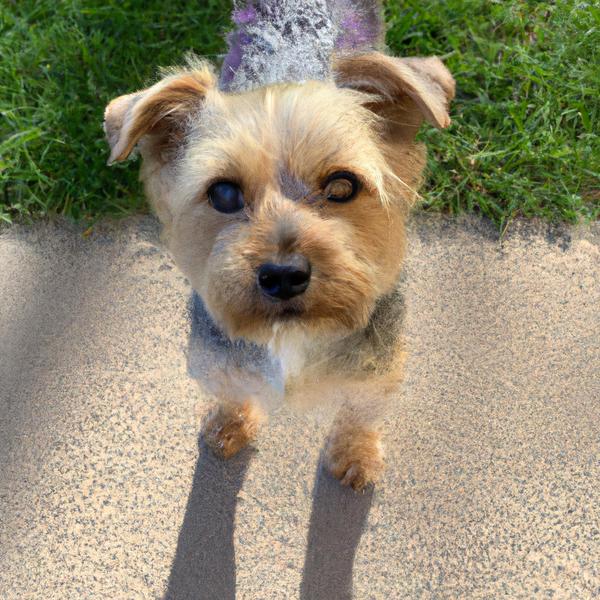
Yorkie Russell
Doxie-Chin vs Yorkie Russell
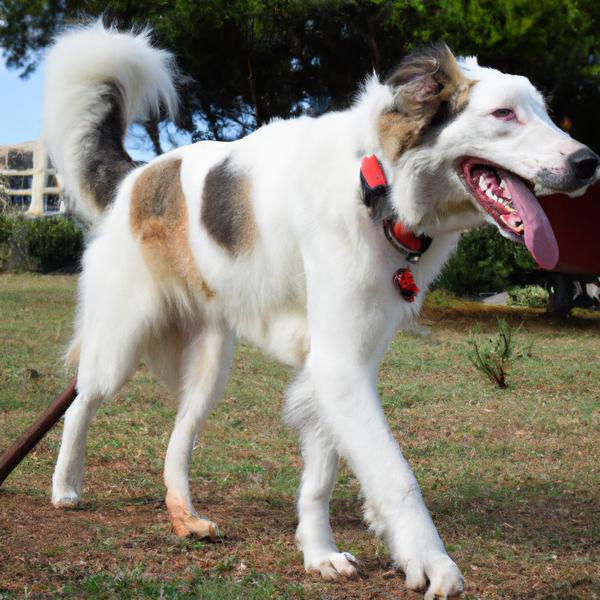
Border Collie Pyrenees
Doxie-Chin vs Border Collie Pyrenees
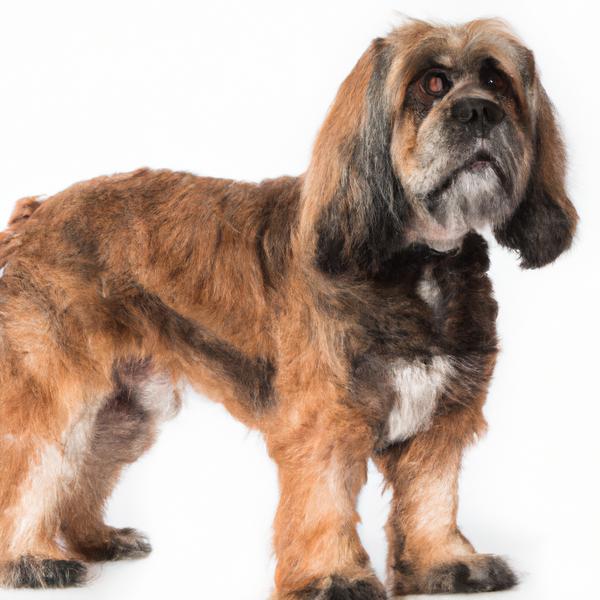
Cocker Griffon
Doxie-Chin vs Cocker Griffon
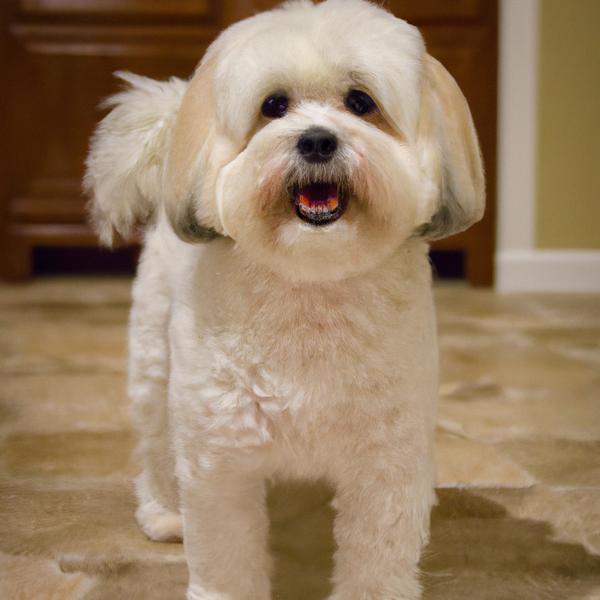
Zuchon
Doxie-Chin vs Zuchon
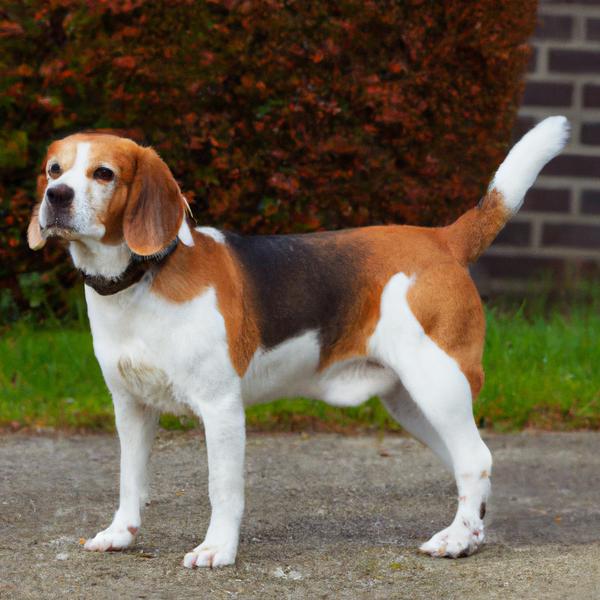
English Speagle
Doxie-Chin vs English Speagle
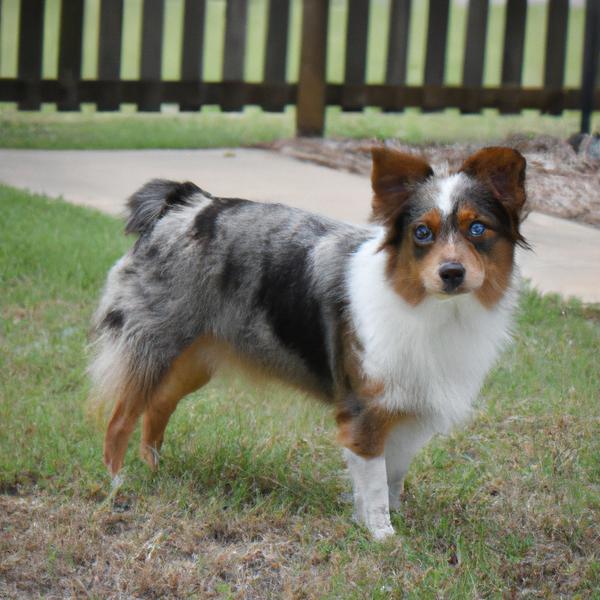
Mini Australian Shepterrier
Doxie-Chin vs Mini Australian Shepterrier
